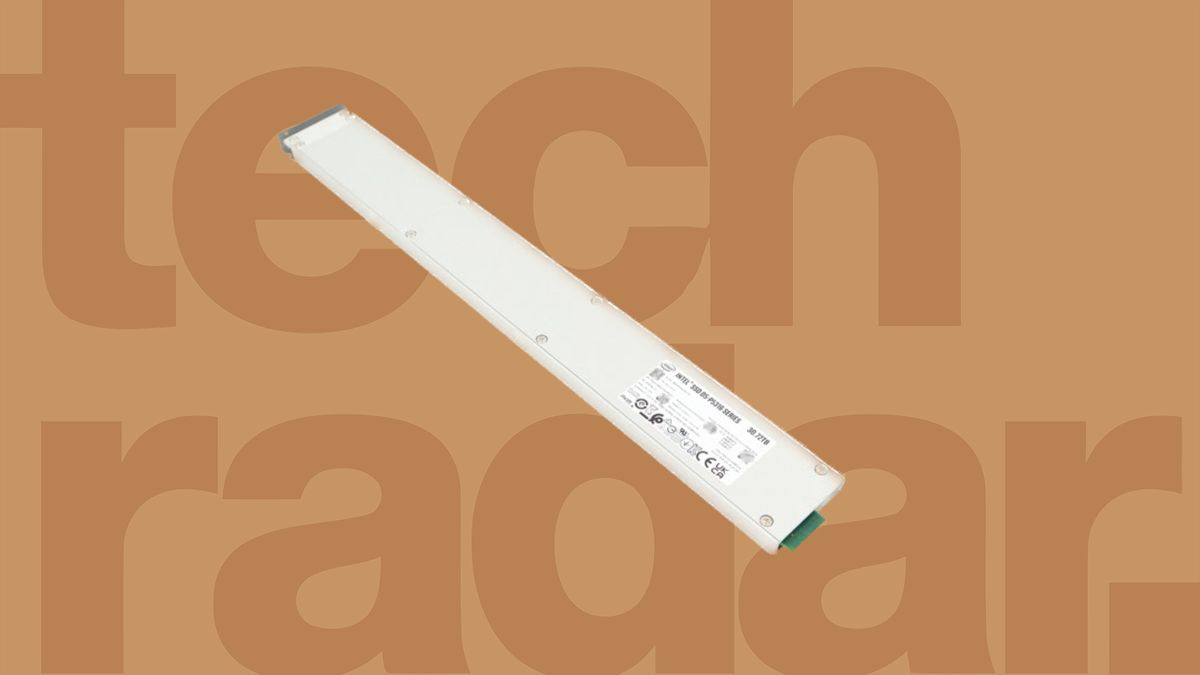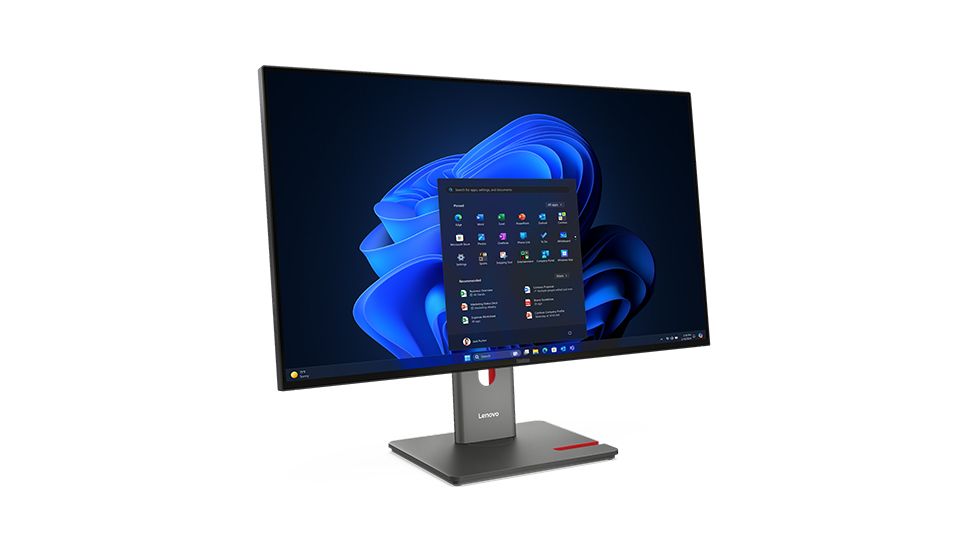It’s been almost five years since Samsung launched what was then the world’s largest solid state drive (SSD) in terms of capacity. the PM1643 has long been the Apex storage device, but it came with a bold label. Back in 2020, it sells for just under $8,400 and three years later still a hefty $4,939 sticker price.
A relative newcomer is about to change all that, the Intel SSDPFWNV307TZ (soon to be Solidigm SSD D5-P5316) has dropped in price and now costs less than $2,699 at Walmart (opens in new tab) (and new egg (opens in new tab)). At just over $87/TB, it’s quite an achievement considering 4TB PCIe Gen4 drives struggle to break the $100/TB mark.
At the time of writing a 4TB WD_Black SN850 retailed for $399.89 – making it TB for TB more expensive than Solidigm’s – although Kingston’s NV2 2TB SSD was available for $110. Born of the 2021 acquisition of Intel’s NAND business and subsequent spin-off by SK Hynix, Solidigm’s D5-P5316 uses 144-layer QLC technology to deliver read/write speeds of 3.6Gb /s or 7 GBit/s.
Because it is an EDSFF L 9.5mm drive, it can be used in a compatible 1U server rack to achieve 1PB capacity, but it will not fit yours Laptop or writing desk Being a server product, it offers support for hardware encryption (256-bit AES), temperature monitoring and logging, and improved performance Protection against data loss.
Solidigm states that the drive comes with a 5-year warranty and a lifespan of between 23 PBW (64 KB random) and 104 PBW (64 KB sequential).
The Rise of Super SSDs
Large-capacity SSDs are gradually becoming mainstream; Nimbus Data Exadrive SSD reaches capacities of up to 100TB, but costs around US$40,000, a 5x price increase compared to Solidigm’s D5-P5316.
Kioxia, Seagate, Samsung, Micron, and Solidigm, along with a host of smaller companies (Nimbus Data, Dapustor Union Memory, Teamgroup, ScaleFlux, and Memblaze) are all vying for the enterprise market as consumer demand for memory components slows.
During hard drives are still affordable, they use more power (and dissipate more heat), are more likely to break down (due to mechanical parts), are generally heavier, are much slower, and have been slow to gain capacity. 30TB hard drives Expected to come later this year, but right now 26TB is the absolute maximum available capacity on the market.
The only two things that still make hard drives attractive to hyperscalers like Microsoft, Google, and Facebook are the price (only $17 per TB, five times lower than the P5316) and the huge installed base of existing hard drives, which makes it easier to install them replace the hard drive instead of rip-and-replace or upgrade.
While some services like Cloud storage or Data backup in the cloud will like to use disks, others like web hosting will happily eliminate the bottleneck that spinning disks present.
With Kioxia, Samsung, and Micron already ramping up production of NAND technology that uses 230 layers or more (50% additional capacity and more), it’s only a matter of time before TB-based SSDs reach parity with hard drives.





